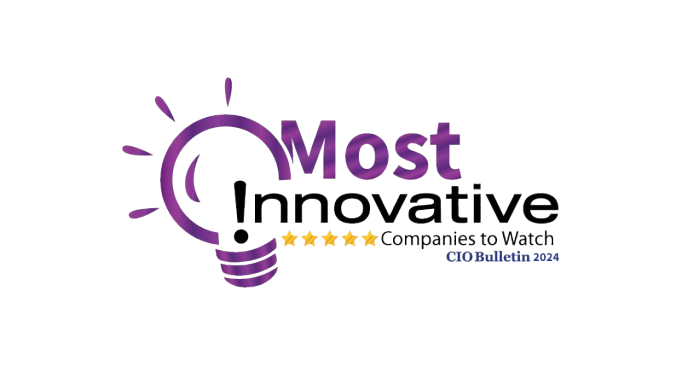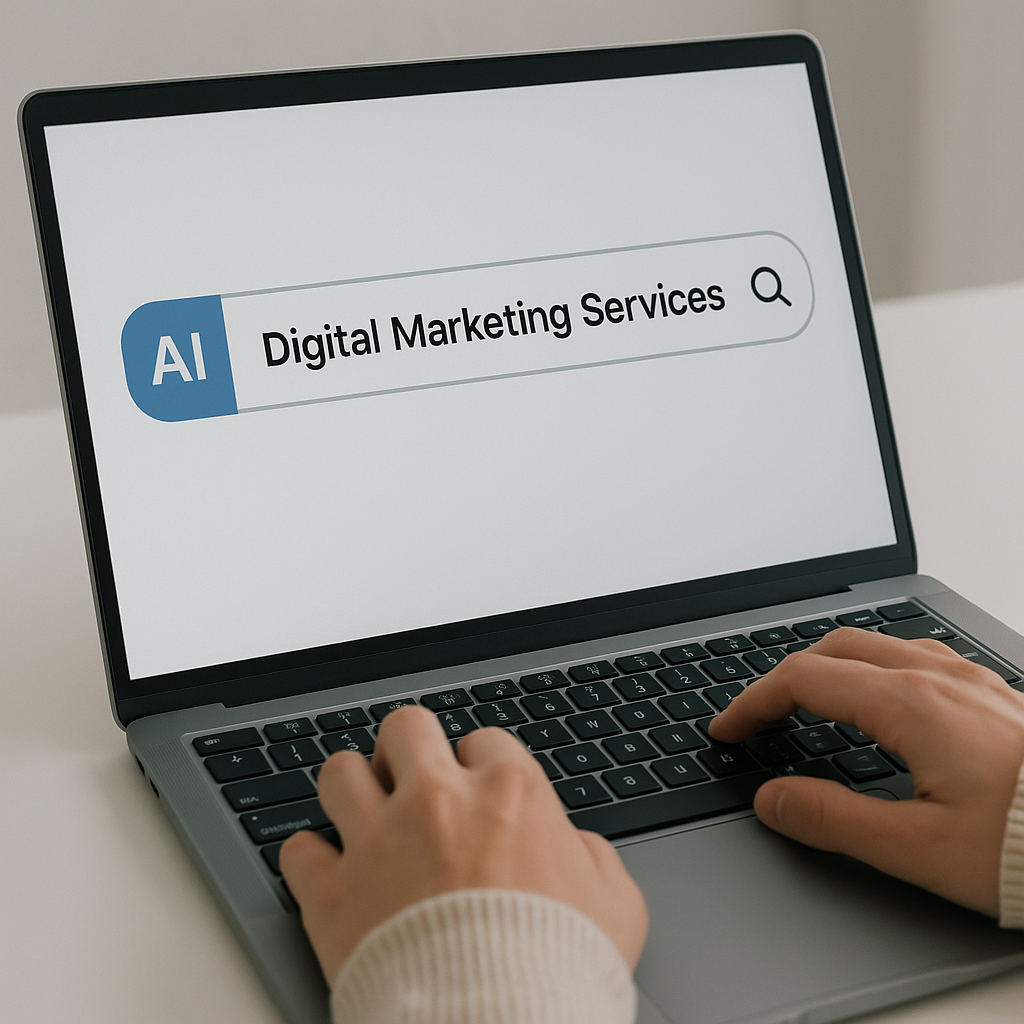Rethinking Go-to-Market Strategy: The Key to Revenue Growth
May 20, 2023
In the quest for revenue growth, many businesses focus solely on generating more leads. However, the key to sustainable and impactful revenue growth lies in reevaluating your go-to-market strategy. In this article, we explore why the answer to more revenue is not simply more leads and how rethinking your approach can unlock new opportunities for success.
The Limitations of Lead Generation
While lead generation is an essential aspect of any sales and marketing strategy, relying solely on increasing the quantity of leads can lead to diminishing returns. Simply driving more leads into the pipeline without a well-defined go-to-market strategy often results in inefficiencies, missed opportunities, and underutilized resources. To achieve sustainable revenue growth, it is crucial to shift the focus from lead quantity to lead quality and optimizing your go-to-market approach.Rethinking the Go-to-Market Strategy
2. Prioritize Account-Based Marketing (ABM) Account-Based Marketing (ABM) flips the traditional lead generation approach on its head by focusing on specific high-value target accounts. ABM involves tailoring your marketing and sales efforts to engage and nurture key decision-makers within these accounts. By personalizing your messaging, addressing their unique pain points, and building relationships, you can increase the chances of closing high-value deals and maximizing revenue potential.
3. Align Sales and Marketing Efforts To optimize your go-to-market strategy, it is vital to foster alignment between your sales and marketing teams. Encourage collaboration, open communication, and shared goals between these departments. By aligning their efforts, sharing insights, and coordinating campaigns, you can create a seamless customer journey that guides prospects through the sales funnel more effectively, resulting in higher conversions and increased revenue.
4. Focus on Customer Success and Retention While acquiring new customers is important, it is equally critical to prioritize customer success and retention. A satisfied and engaged customer base not only leads to repeat business but also serves as brand advocates, driving referrals and positive word-of-mouth. Invest in strategies and resources that focus on delivering exceptional customer experiences, providing ongoing support, and fostering long-term relationships. By maximizing customer lifetime value, you can drive sustainable revenue growth and reduce reliance on constantly acquiring new leads.
5. Leverage Data and Analytics Data and analytics play a vital role in optimizing your go-to-market strategy. Leverage data-driven insights to refine your targeting, personalize messaging, and identify areas for improvement. Measure key metrics such as customer acquisition cost, customer lifetime value, and conversion rates to gain a deeper understanding of your revenue-generating efforts. By continually analyzing and iterating based on data, you can make informed decisions and drive revenue growth more effectively.
Conclusion
Featured Resources
Check Our Latest Resources

Proven ROI has been recognized as one of the Most Innovative Companies to Watch 2024 by CIO Bulletin—a testament to the company’s forward-thinking approach to CRM investments and strategic partnerships. By working closely with leading CRM platforms like HubSpot, Proven ROI is revolutionizing how businesses manage customer relationships, scale their operations, and drive growth.



